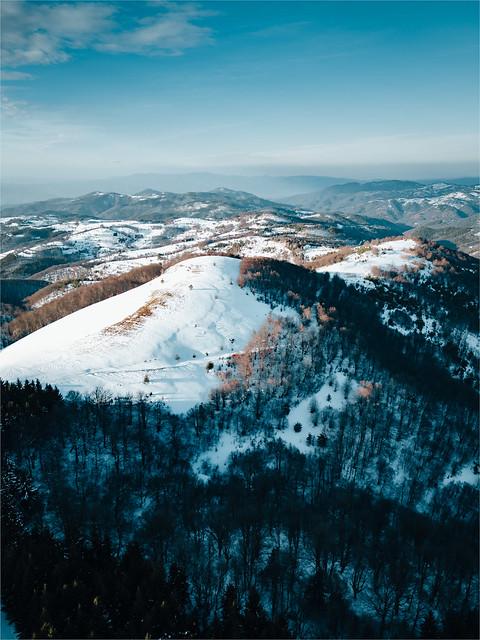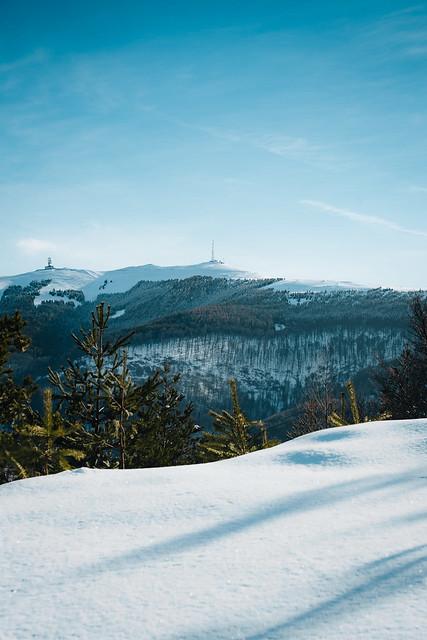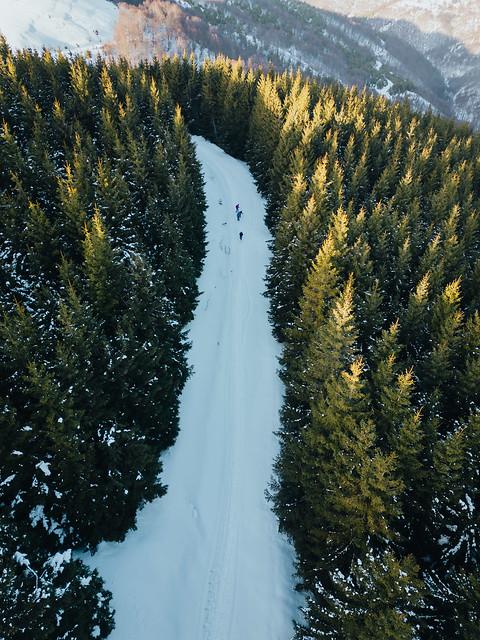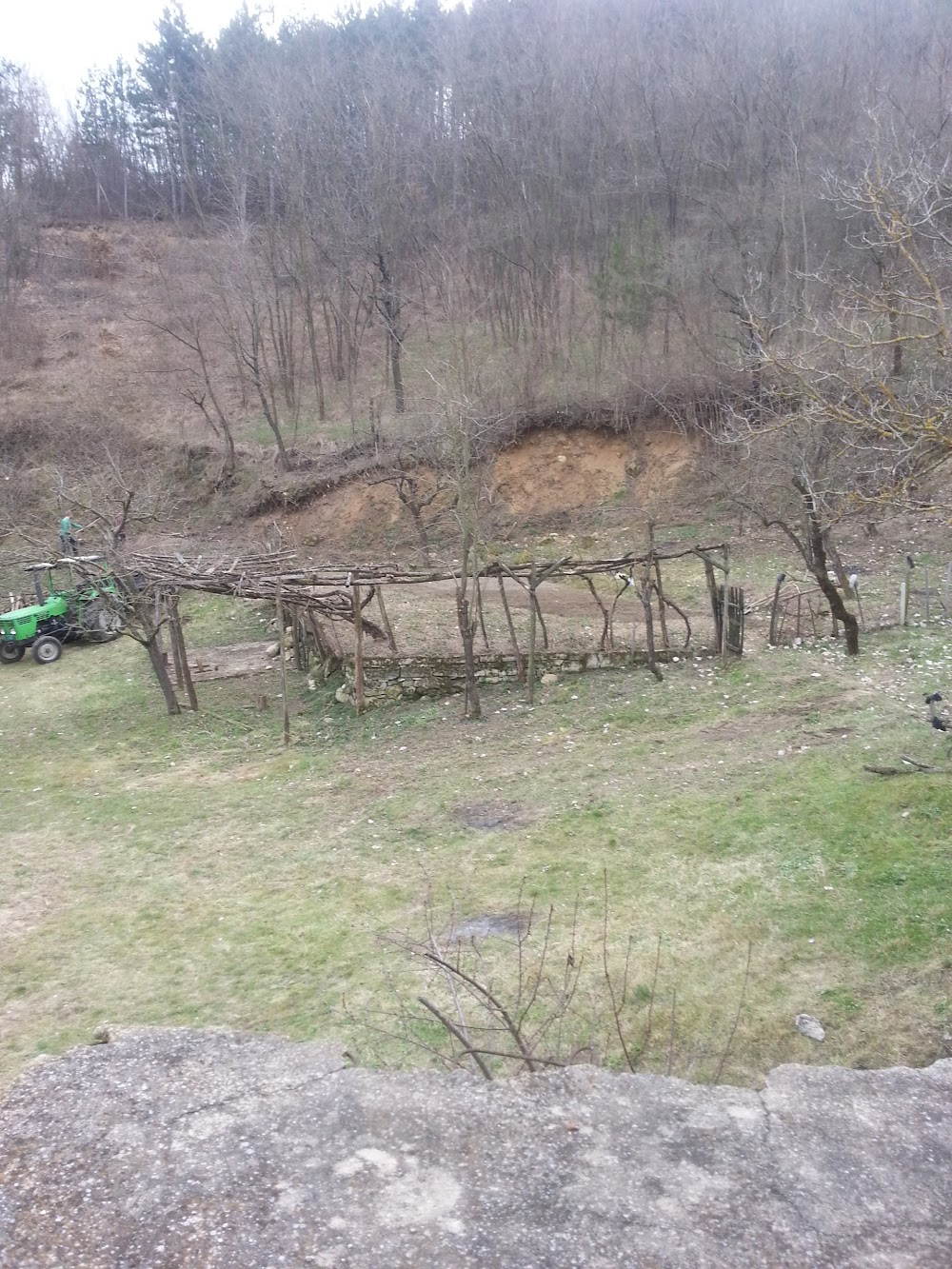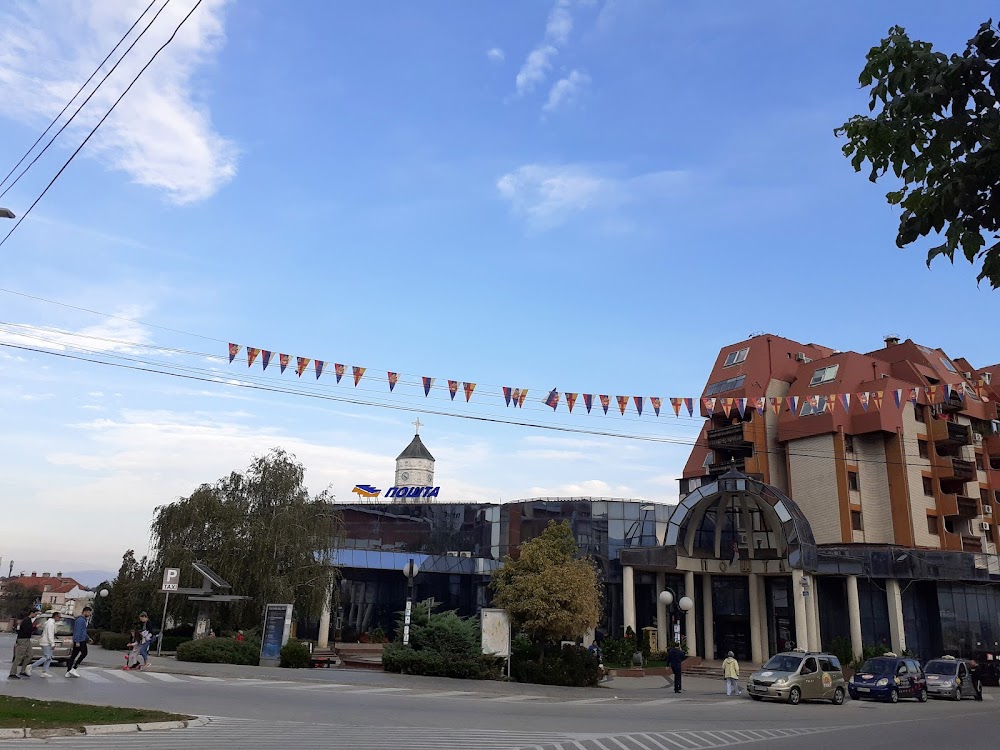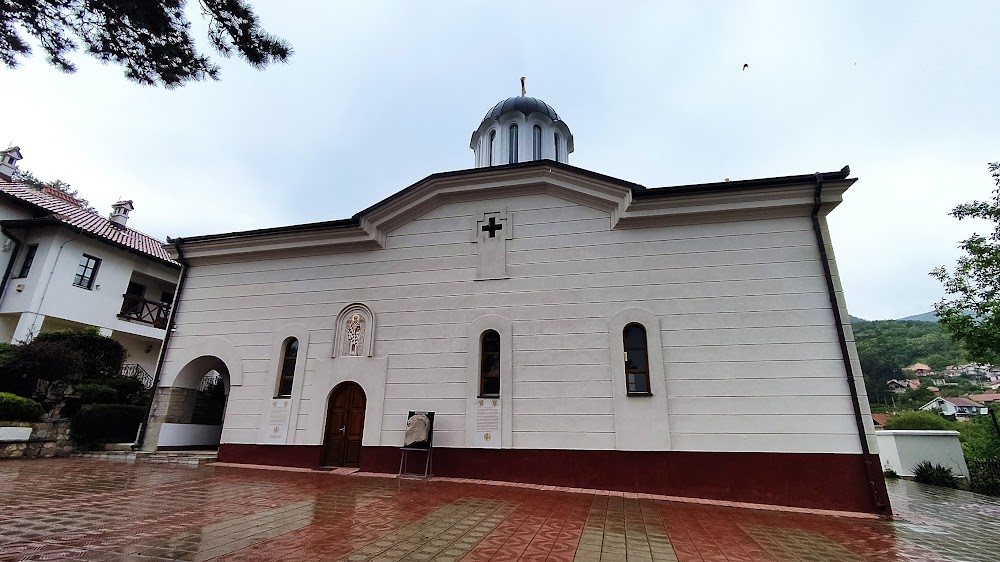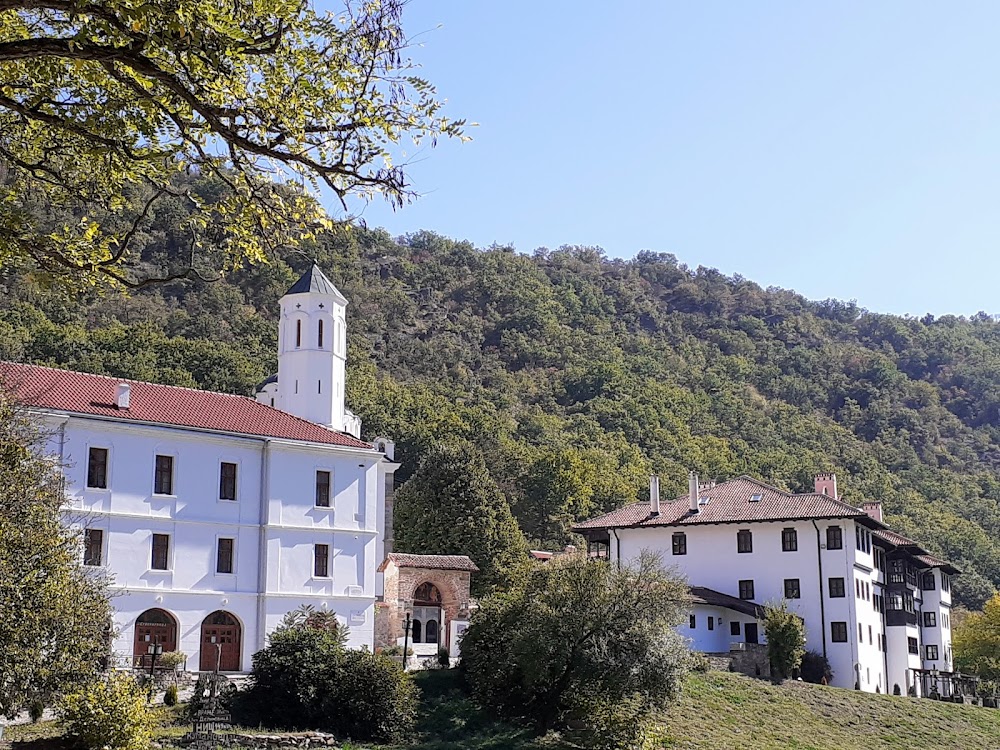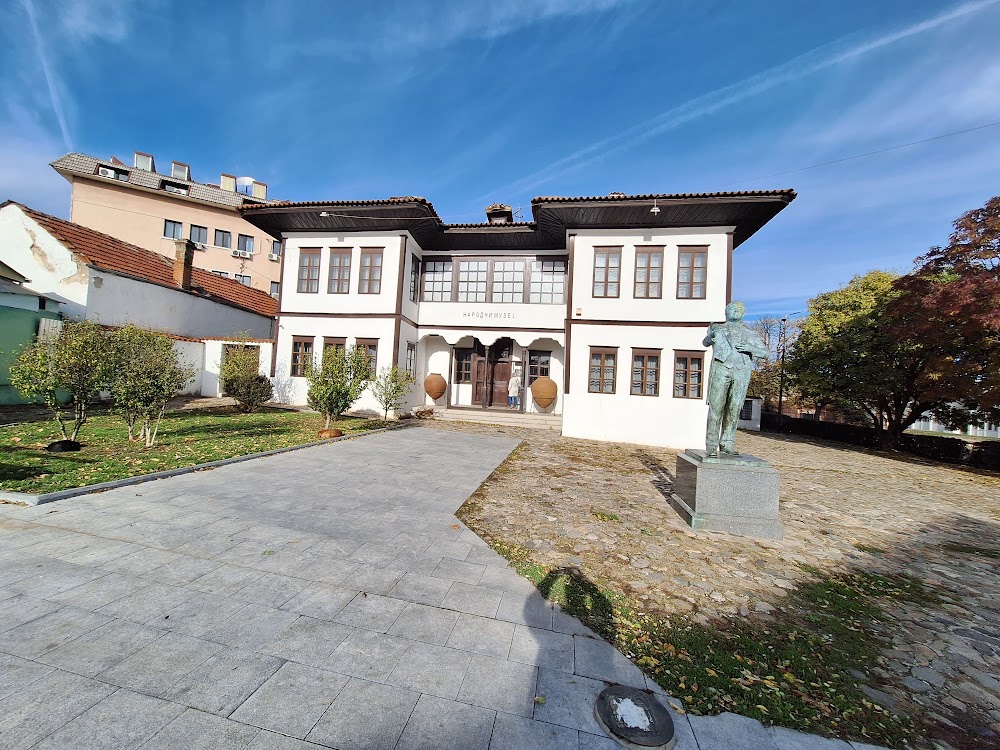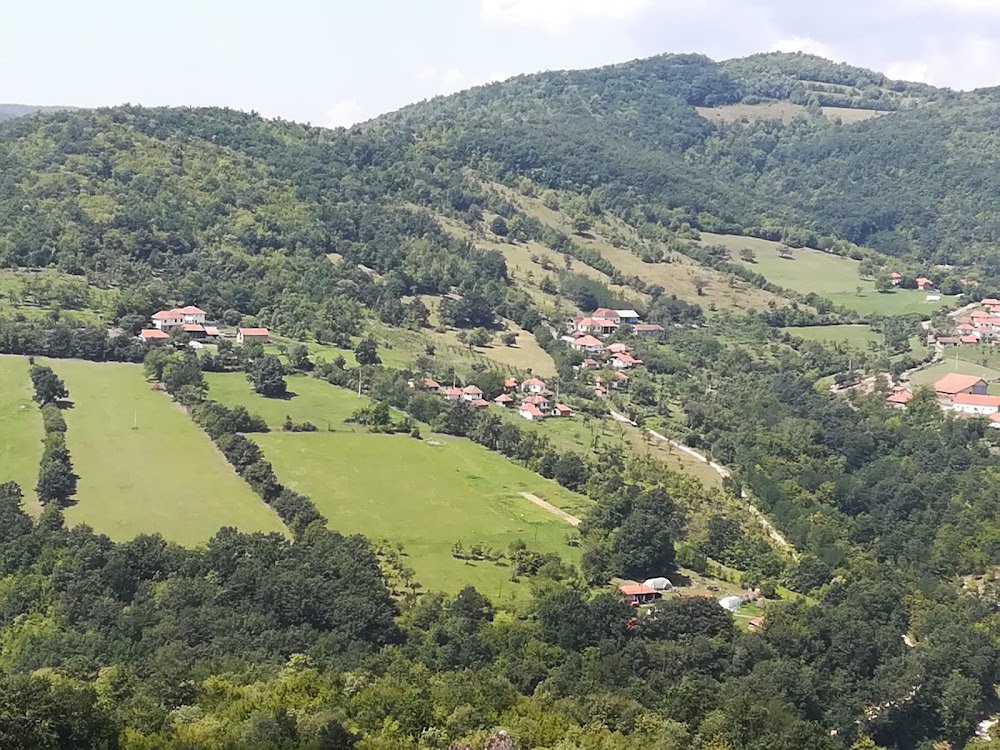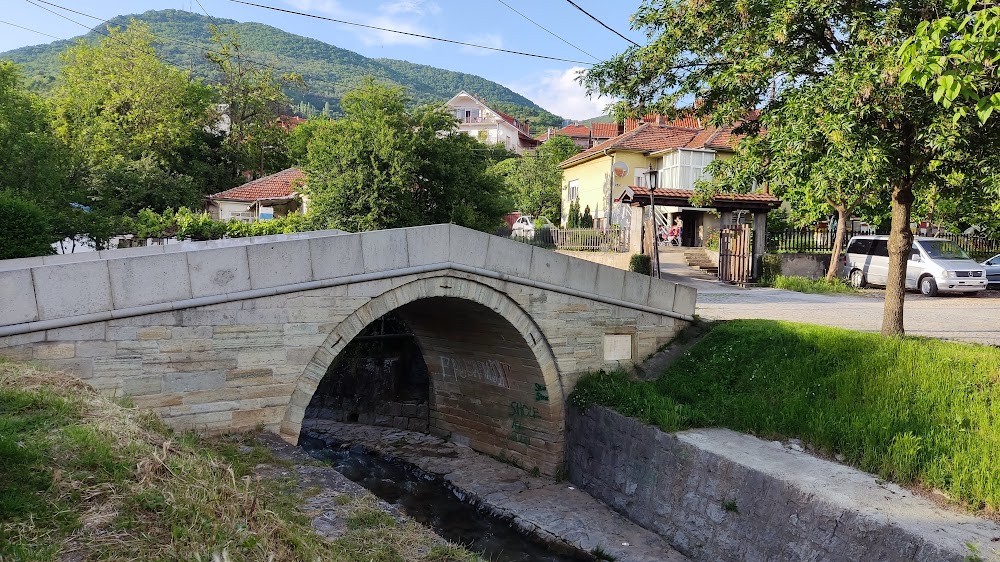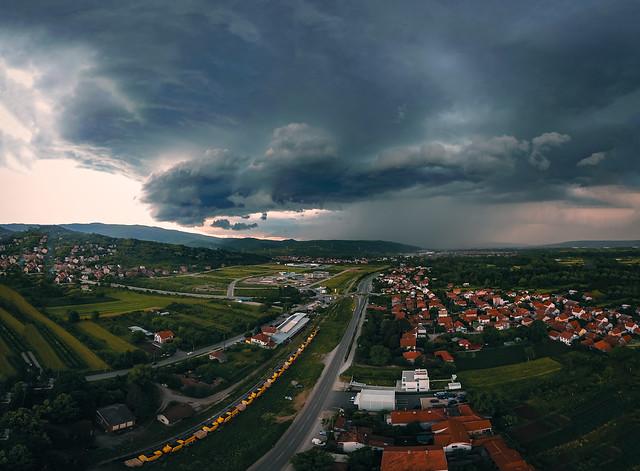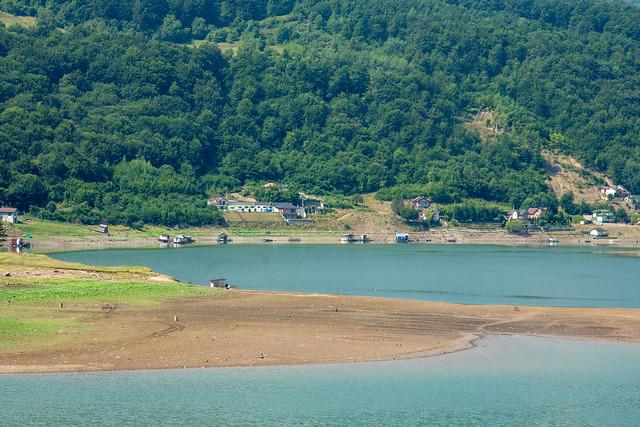Pčinja District
Overview
Overview of Pčinja District, Serbia
Pčinja District is a captivating region located in the southern part of Serbia, known for its rich historical heritage and stunning natural landscapes. This district is home to a diverse mix of cultures, primarily influenced by Serbian traditions, but with noticeable traces of the various peoples who have inhabited the area. The district's main city, Vranje, is celebrated for its traditional music and folklore, offering a unique cultural experience. The region's cuisine reflects its cultural diversity, with a variety of flavors and dishes that are sure to delight any traveler. Pčinja's historical sites, including medieval fortresses and monasteries, make it a fascinating destination for young explorers interested in history and archaeology.
Tourism and Activities in Pčinja District
The high season for tourism in Pčinja District typically spans from late spring to early autumn, peaking during the summer months from June to August. During this period, the weather is generally warm and sunny, ideal for outdoor activities. Teenagers can enjoy hiking and exploring the beautiful landscapes of the region, such as the vast expanses of Kozjak and Besna Kobila mountains. The Vlasina Lake offers opportunities for water sports and relaxation by the water. Cultural festivals and events are frequent in summer, providing a glimpse into the local traditions and vibrant community life. This is the perfect time to experience the lively atmosphere of the district and engage in a variety of recreational activities.
Preparations for Traveling to Pčinja District
Before visiting Pčinja District, there are several preparations travelers should make to ensure a smooth and enjoyable trip. It is advisable to check the visa requirements, as travelers from some countries might need a visa to enter Serbia. Learning a few basic phrases in Serbian can be incredibly helpful, as English may not be widely spoken, especially in rural areas. Packing should include comfortable clothing suitable for hiking and other outdoor activities, as well as a warmer layer for cooler evenings. Don't forget to bring a good camera to capture the scenic views and a reliable map or GPS device, as some of the more remote areas might not have clear signage. Lastly, familiarizing oneself with local customs and etiquette will enrich the visiting experience and help in interacting respectfully with local residents.
How It Becomes to This
History not available

Places in Pčinja District
Explore the most popular attractions and landmarks
You May Like
Explore other interesting states in Serbia



